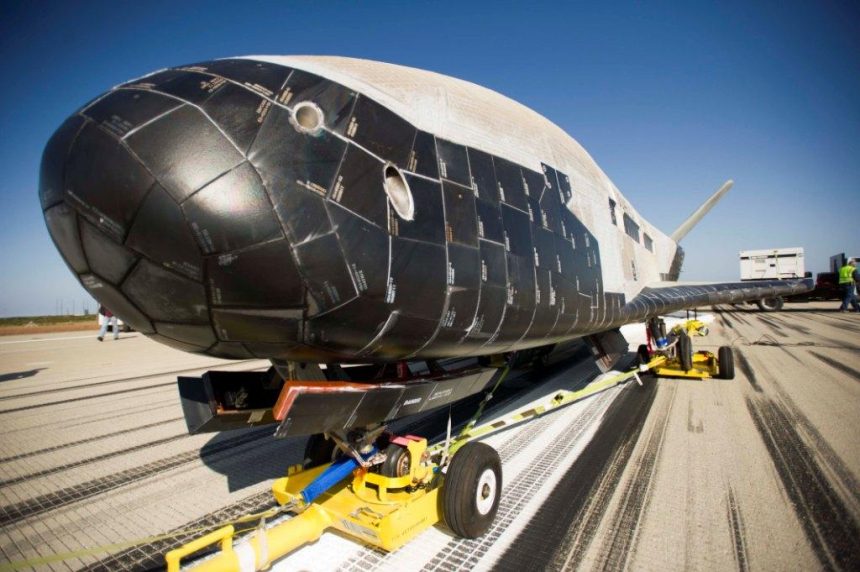Dec. 11 saw the third launch of Boeing’s X-37B, the unmanned, reusable, mini-shuttle orbiter.
The space plane was launched atop an Atlas V rocket from Cape Canaveral, Florida, just after 1.00pm Eastern Time.
According to Flight Global this example is on its second flight demonstrating its ability to be re-used for space flight. The previous flight was 224 days in duration whilst the other example stayed aloft for a staggering 469 days on its mission.
The U.S. Air Force has again not disclosed the vehicle’s mission nor its expected duration, but United Launch Alliance whose rocket safely took the Orbital Test Vehicle (OTV) into orbit, provided a webcast of the launch.
Although once safely in orbit the broadcast was ended “at the request of our customer [the Air Force]”
http://youtu.be/VhAxiU5xL24
It is thought that once the clandestine mission is complete, the orbiter will land on the Shuttle runway at Cape Canaveral.
Richard Clements for TheAviationist.com









